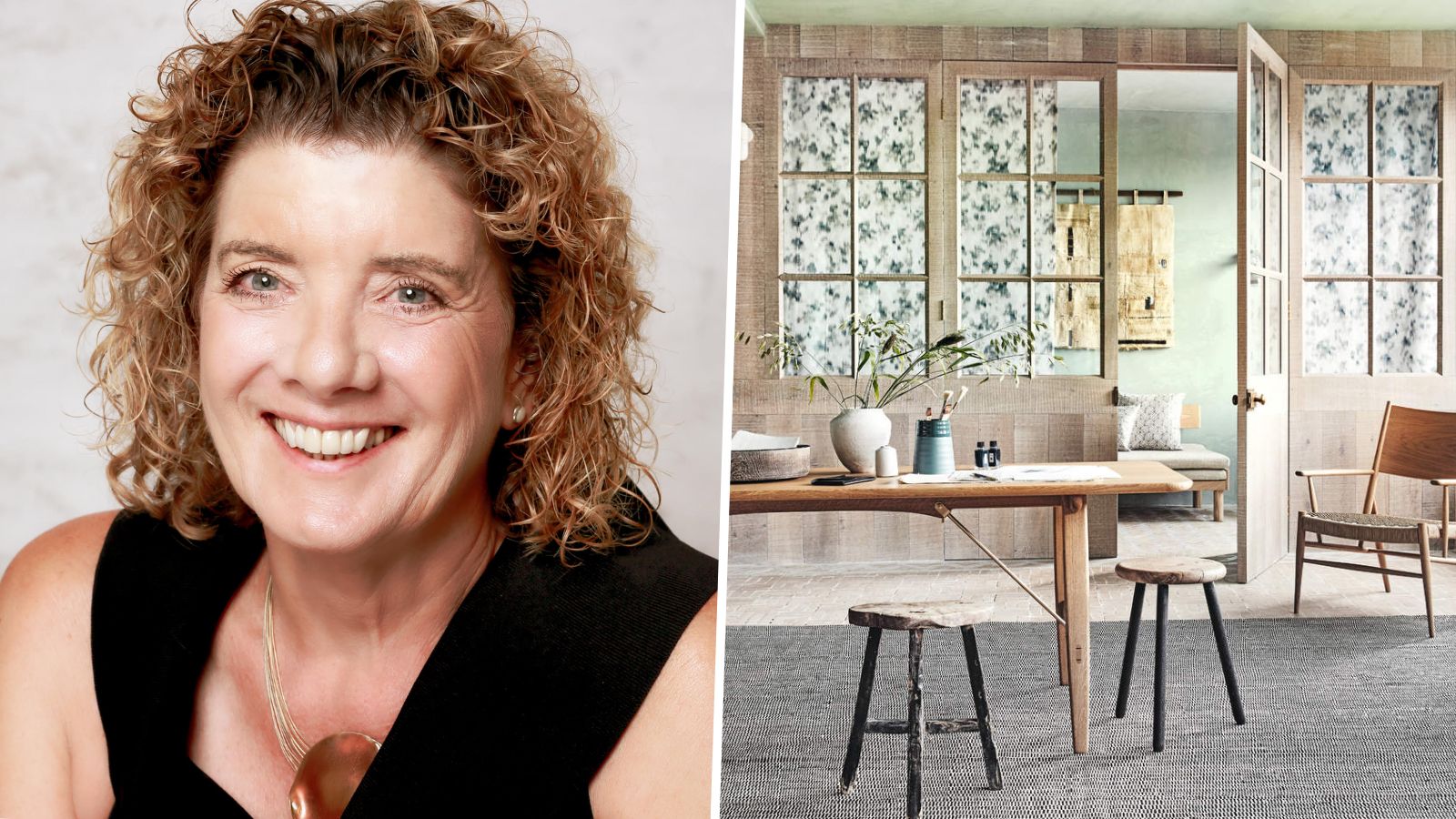
If you struggle to let go of certain items that hold sentimental value but are beginning to feel like clutter – or are even causing you stress and guilt – professional organizer Dr. Regina Lark has explained her golden rules for decluttering sentimental items.
By shifting our perspective of sentimental items, reassessing what we need in order to condense our collection, and channeling the sentiment of items into another form, we can create a clutter-free and peaceful home environment.
Whatever the reason you wish to declutter, whether to create a more purposeful and organized space, clear room for storage or let go of items that hold negative emotional associations (after a breakup or from a stressful time), following these tips can help to liberate your mind and home.
Regina Lark's 3 golden rules for getting rid of sentimental clutter

We asked organization specialist and founder of Clear A Path, Dr. Regina Lark, what her tricks are for getting rid of sentimental clutter. Those items that we attach meaning and emotion to can be difficult to let go of, despite often serving us no purpose, whether practical, aesthetic or intellectual.
Like the meaning behind sentimental items, the reason they are so difficult to let go of can vary for each person, however, these golden rules can be a universal way to make decluttering sentimental items easier.
1. Follow Regina's organizing principles
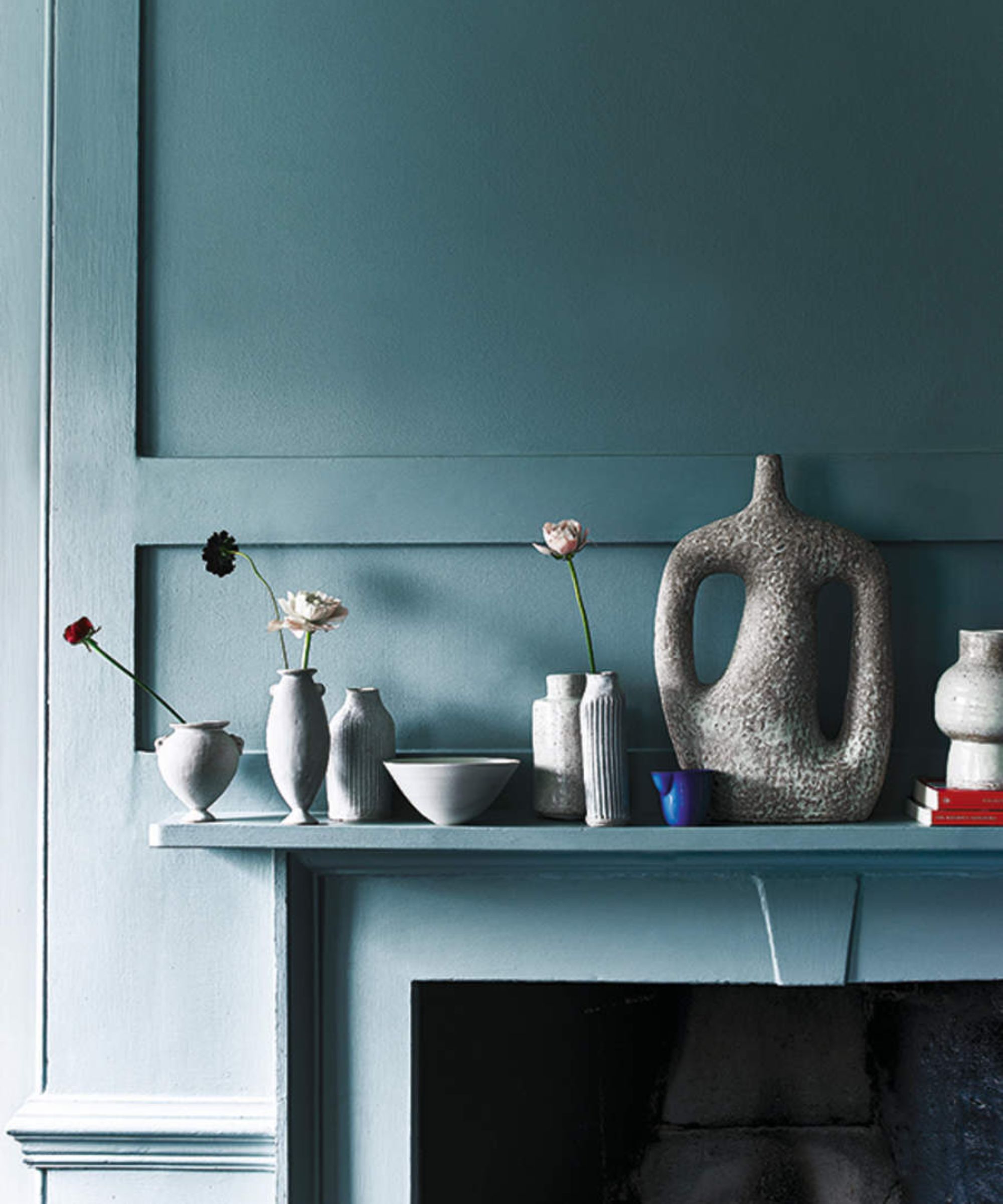
To decide what to declutter, first consider what you define as 'clutter' by establishing some organization principles. These could be thought of as guidelines that determine how you want to organize your space.
Dr. Regina Lark's organizing principles are: 'Whatever comes through my front door has to feed me in one of three ways. It either has to feed me aesthetically, or it has to feed me intellectually, or it’s got to be part of my activities for daily living.'
However, Regina explains that she likes to live without many things around her and with items easily accessible, however, 'One woman's clutter is another woman's treasures.' So, you should establish your own categories of which items to keep based on your lifestyle and how you wish to organize your home.
This can help you to determine which sentimental items you can live without vs which ones you wish to keep.
2. Shift your perspective
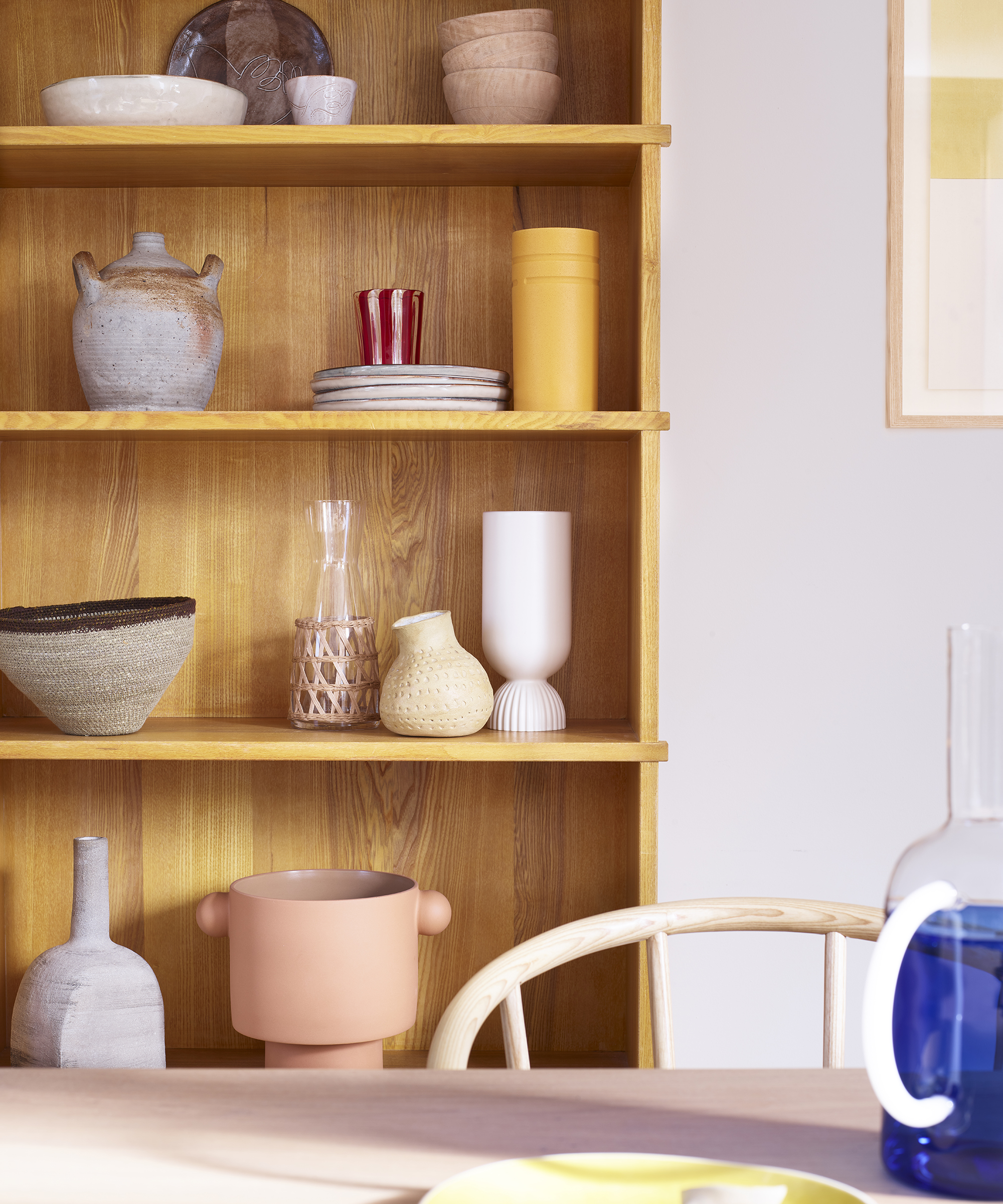
Next, reevaluate your perception of sentimental items.
Regina explains that, 'The item didn't enter our lives with memory, feeling, sentiment. It was actually a thing. This entered our life, and depending on who gave it to us, we make the determination of value, sentiment, and memory. It's kind of on us.
'So when I'm working with clients, and they say "I can't let go of this. I love everything." It's like, well, let's unpack love. Let's unpack, what is sentimental?'
Because in and of itself, any sentimental item is just an object, but by assigning it sentiment, then it becomes something entirely different.
'So, begin to shift the perspective of the value that you have assigned it. It's okay to keep whatever you want, but I would encourage you to keep it neat and tidy. If it feels like too much, you've got to start reevaluating.'
If your belongings are beginning to disrupt your daily routine, consider the importance of keeping the item or whether you are simply struggling to let go of the memory it is attached to. If this is the case you can reevaluate the item itself and attempt to separate your association of the item from the memory.
3. Condense your collection

'A lot of items hold the same kind of sentimental emotional value,' Dr. Regina Lark comments, 'and if you can condense the idea of that into a few items you value, it will condense your collection.' This is another method of reevaluating sentimental items.
'So if there's a large volume of stuff that you've assigned an emotional value to, reevaluate it and quantify, well, how many of these items is actually enough?
'Make a decision to hold on to that one thing that your parent or your lover or whoever brought this into your life really valued,' continues Regina.
In this sense, you can channel the sentiment and emotional significance you assign to a whole host of items into a single significant item. This can be an item that benefits you the most, whether this is because it can be incorporated into your decor, it has practical benefits, or because it is the most meaningful. By shifting your perspective in this way, you can declutter the other items without guilt or the feeling of loss.
You can check out our guide for what to do with the items you are decluttering.
4. Take photos and create a memory book
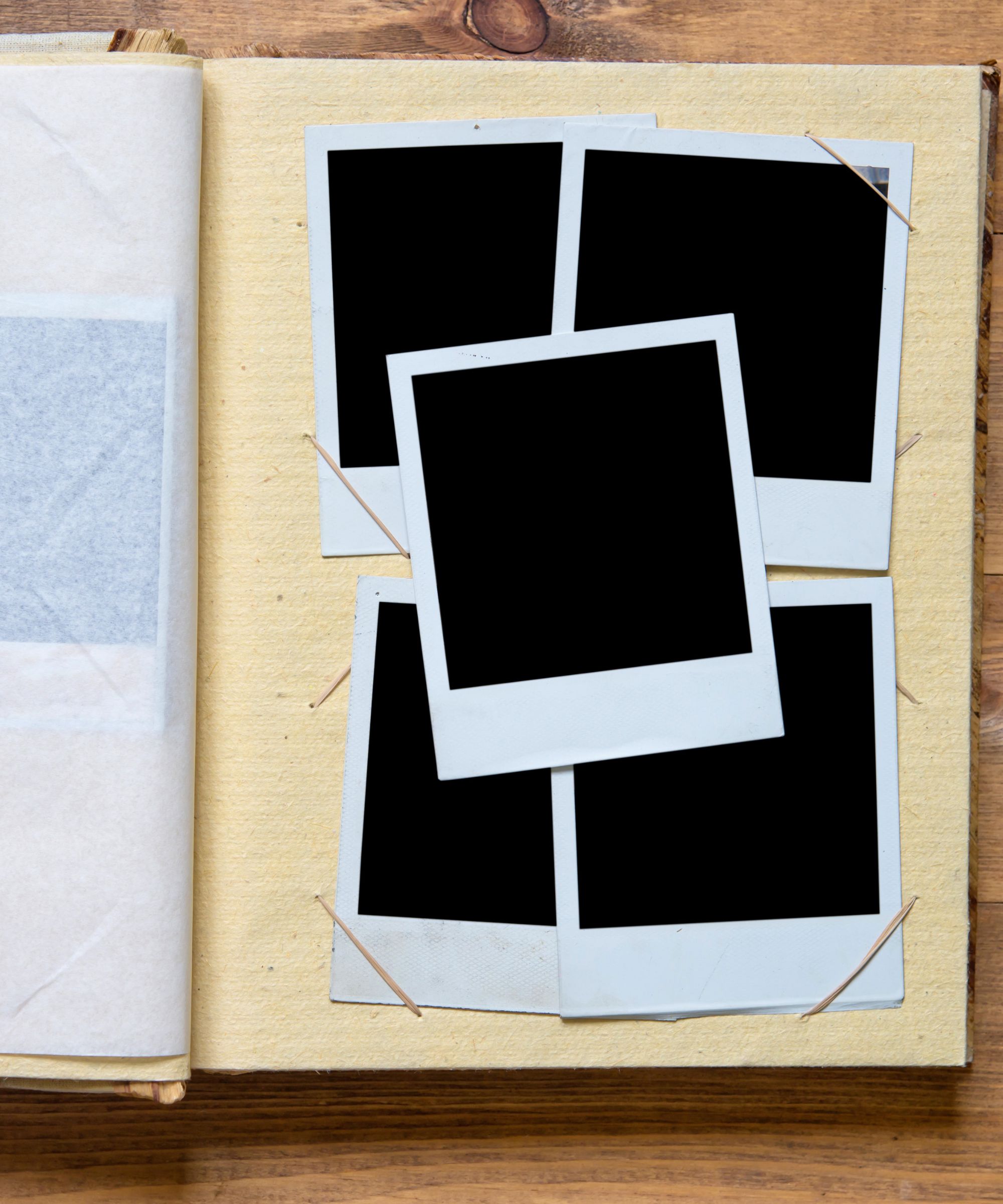
'Take photos of everything and create a cool book. It's a way to contain, control and manage the items,' advises Regina Lark.
'From that, you can grab it when you need it, and put it back just as easily.
'That's another organizing principle for me, to be able to get what I need when I need it and to put it back just as effortlessly. I think if people are holding on to the sentimental, I would guess it's because they want to have access to it. So, if you're holding on to it, you can take photos and create a book.'
This way, you can frequently revisit the memories without needing to keep boxes of sentimental items in storage or cluttering your living spaces. This can make decluttering feel much less final and allow you to free up storage space.
We recommend this Bstorify photo album scrap book, from Amazon, to make decluttering fun.
Is there a particular motto that makes getting rid of sentimental clutter easier?
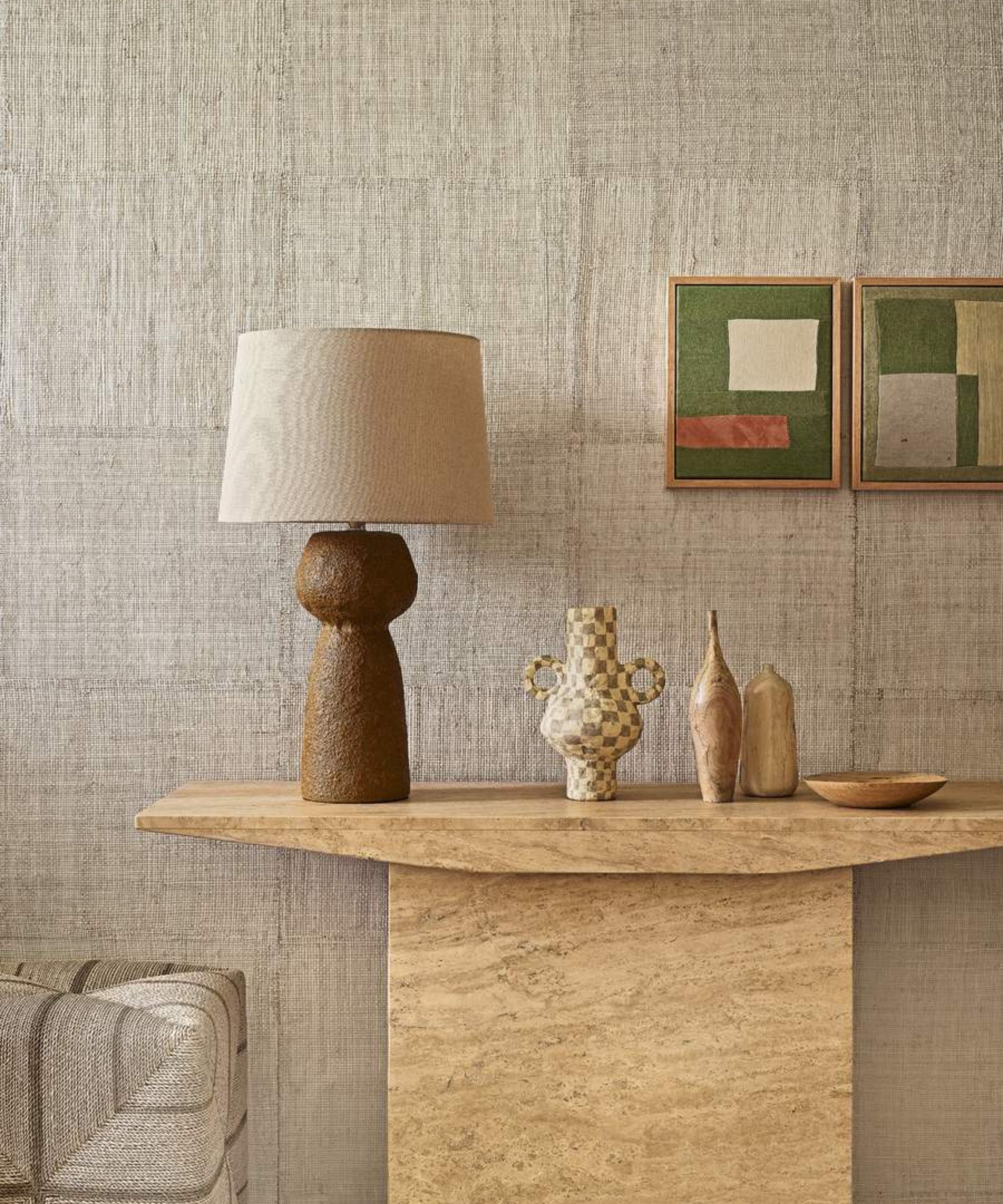
'I just encourage people to develop their own. It's got to have meaning to you,' says Regina Lark.
She recommends asking yourself why you want to declutter and holding onto that answer. 'This idea of, I want a less chaotic home, I want peace in my life. I want to be able to get what I need when I need it and put it back just as easily. Whatever you need to affix your mind to that will increase the likelihood of your success.'
Really, it's all about your decluttering goals and perspective.
What techniques do you recommend for encouraging children to declutter sentimental belongings?
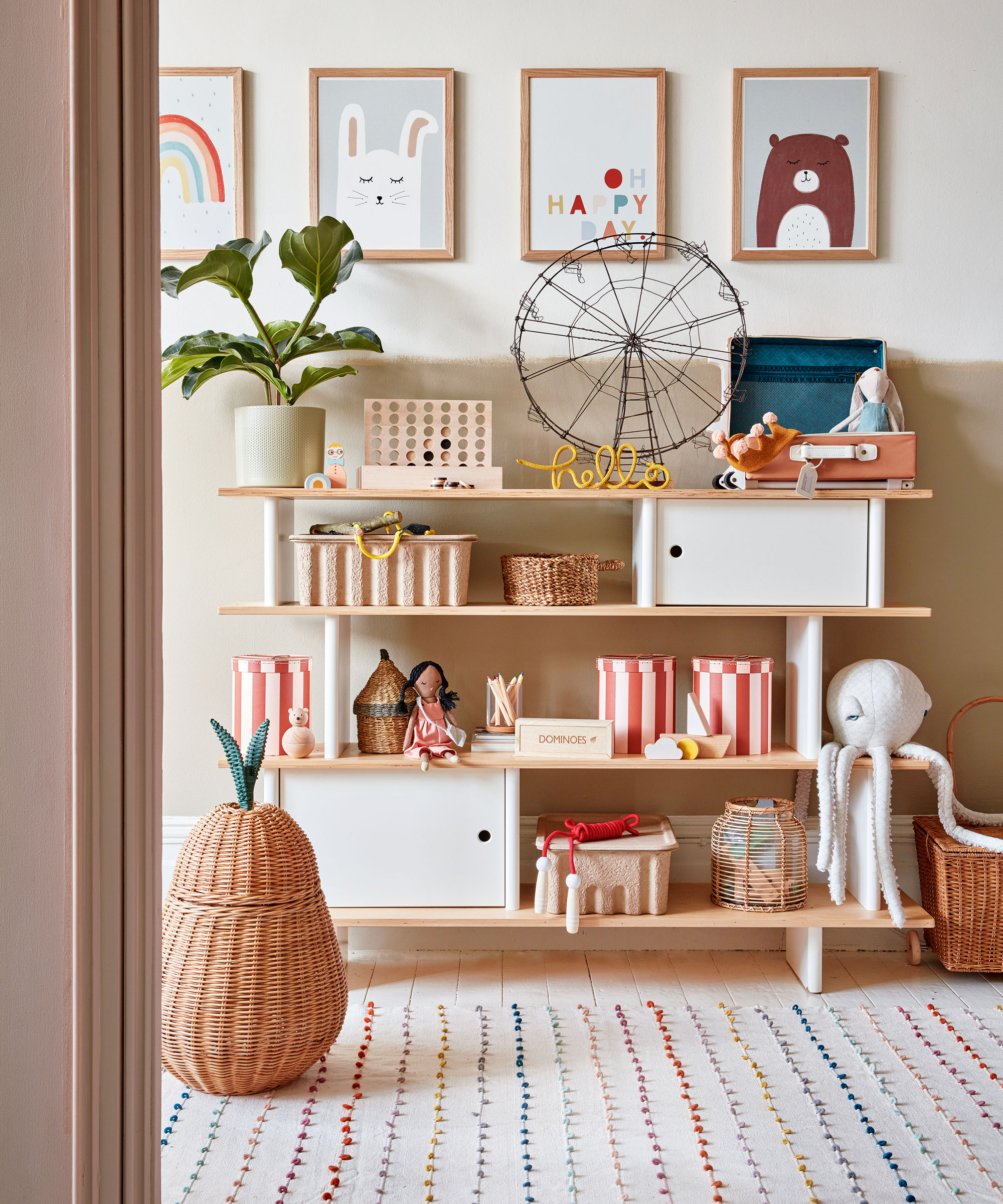
Regina Lark explains that the concept of sentimental items is taught through behavior, so to encourage your family to declutter, 'You have to talk about who's assigning these values of sentiment. The adult in the house has to see what they're foisting on their children in terms of sentiment.
'We have conversations with kids about allowing our stuff to move through their life and their hands. As soon as it doesn't serve us anymore, let it go.
'We talk with them about surrounding themselves with things that really uplift their spirit, uplift and elevate.'
Regina also recommends teaching children not to keep items out of gift guilt. 'Tell your kids that it's okay to not like something that someone gave you. Never hold on to anything out of guilt.'
What are the long-term benefits of decluttering sentimental items on mental and emotional well-being?
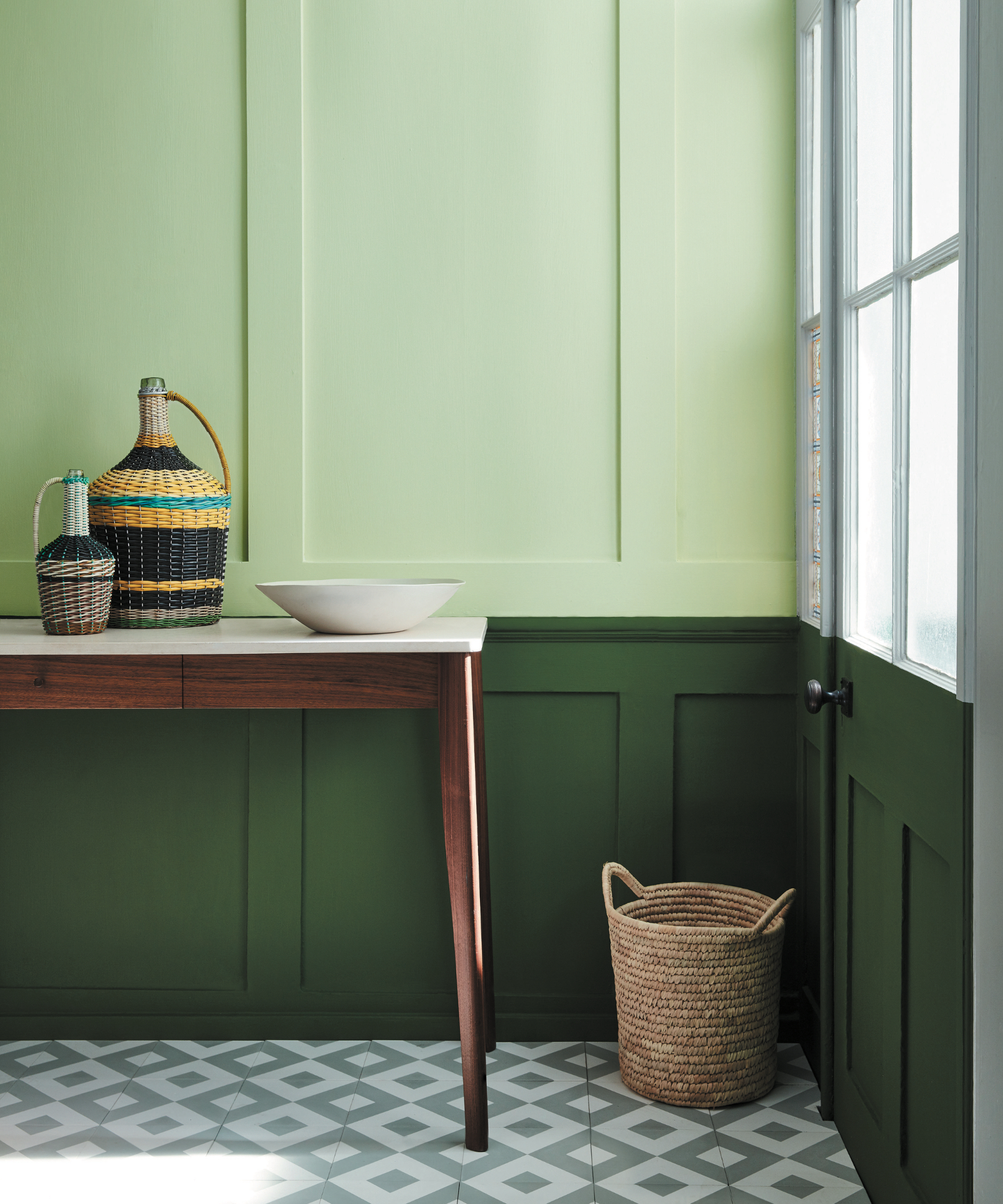
'I think decluttering these items that we're assigning sentiment relieves us of the emotional labor of having to take care of it, and then you also stop taking on the emotional labor of what someone told you was the value of the object. You're unlearning the messages. You are disrupting the current narrative.'
FAQs
What is a good way to display sentimental items?
Alongside creating a photo album for sentimental items, you can also create a memory wall, displaying a careful curation of meaningful items, in the form of a gallery wall or on open shelving, in a way that enhances the aesthetics of your space.
'Everything in my place probably has an exit strategy except for a few things that we're all going to have, those things that are unequivocally, never going to leave,' says Regina Lark. 'Then there's the pile of ambivalence. And that's when we have to reevaluate and reset.'
By re-evaluating those sentimental items, you can hold onto the sentiment they represent in a way that relieves you of physical and mental clutter, rather than holding onto things out of guilt or a fear of letting go of what no longer serves you.







